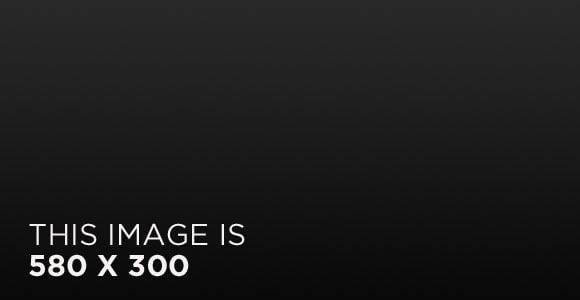Gutenberg: Image Alignment
editWelcome to image alignment! The best way to demonstrate the ebb and flow of the various image positioning options is to nestle them snuggly among an ocean of words. Grab a paddle and let’s get started.
On the topic of alignment, it should be noted that users can choose from the options of None, Left, Right, and Center. In addition, they also get the options of Thumbnail, Medium, Large & Fullsize.

The image above happens to be centered.



The rest of this paragraph is filler for the sake of seeing the text wrap around the 150×150 image, which is left aligned.
As you can see the should be some space above, below, and to the right of the image. The text should not be creeping on the image. Creeping is just not right. Images need breathing room too. Let them speak like you words. Let them do their jobs without any hassle from the text. In about one more sentence here, we’ll see that the text moves from the right of the image down below the image in seamless transition. Again, letting the do it’s thang. Mission accomplished!
And now for a massively large image. It also has no alignment.




The image above, though 1200px wide, should not overflow the content area. It should remain contained with no visible disruption to the flow of content.



And now we’re going to shift things to the right align. Again, there should be plenty of room above, below, and to the left of the image. Just look at him there… Hey guy! Way to rock that right side. I don’t care what the left aligned image says, you look great. Don’t let anyone else tell you differently.
In just a bit here, you should see the text start to wrap below the right aligned image and settle in nicely. There should still be plenty of room and everything should be sitting pretty. Yeah… Just like that. It never felt so good to be right.
The following image is wide (if the theme supports it, that is). If not, who knows what will happen!




What’s that? You wanted to see a full-width image block? Well then feast your eyes on the following.


There’s something missing! But don’t worry, we’ve got the cover image blocks… covered.

This is a regular cover image.

This is a wide cover image.

This is a full-width cover image.
And just when you thought we were done, we’re going to do them all over again with captions!



The image above happens to be centered. The caption also has a link in it, just to see if it does anything funky.



The rest of this paragraph is filler for the sake of seeing the text wrap around the 150×150 image, which is left aligned.
As you can see the should be some space above, below, and to the right of the image. The text should not be creeping on the image. Creeping is just not right. Images need breathing room too. Let them speak like you words. Let them do their jobs without any hassle from the text. In about one more sentence here, we’ll see that the text moves from the right of the image down below the image in seamless transition. Again, letting the do it’s thang. Mission accomplished!
And now for a massively large image. It also has no alignment.




The image above, though 1200px wide, should not overflow the content area. It should remain contained with no visible disruption to the flow of content.



And now we’re going to shift things to the right align. Again, there should be plenty of room above, below, and to the left of the image. Just look at him there… Hey guy! Way to rock that right side. I don’t care what the left aligned image says, you look great. Don’t let anyone else tell you differently.
In just a bit here, you should see the text start to wrap below the right aligned image and settle in nicely. There should still be plenty of room and everything should be sitting pretty. Yeah… Just like that. It never felt so good to be right.
We’re gonna take one more trip down cover image lane.

The unicorn is a legendary creature that has been described since antiquity as a beast with a single large, pointed, spiraling horn projecting from it’s forehead. In European folklore, the unicorn is often depicted as a white horse-like or goat-like animal with a long horn and clove hooves.
In the Middle Ages and Renaissance, it was commonly described as an extremely wild woodland creature, a symbol of purity and grace, which could be captured only by a virgin.
This wide cover image background is fixed.
And that’s a wrap, yo! You survived the tumultuous waters of alignment. Image alignment achievement unlocked!

comments
Add comment